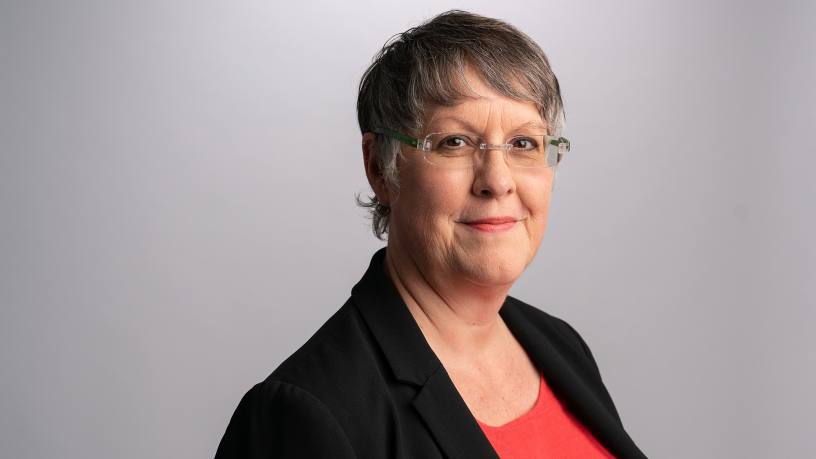Diversity is a complex topic that requires targeted and sustained action. Incumbent banks across the globe have dedicated time and resources to improving their gender balance, such as adopting equitable policies, addressing gender pay gaps, and implementing diversity and inclusion programmes. And while progress is perhaps slower than one would hope, there has been some progress – even at the senior level.
According to the Official Monetary and Financial Institutions Forum’s (OMFIF) 2023 Gender Balance Index (GBI), of the 1298 executive and board members in a curated group of 50 major global banks tracked by OMFIF, 404 are women. This equates to 31%, which is just one percentage point higher than in 2022.
In other research, EY found that the gender split at the board level among Europe’s banking sector went from 37% female and 64% male in January 2022 to 43% female and 57% male a year later.
However, there is still much more work still to be done in the fintech community. According to Findexable’s 2021 Diversity for Growth Report, women hold only 11% of all fintech board seats and represent less than 20% of company executives, and only 40% of fintechs have appointed a woman to their boards.
To address the lack of female representation at the higher echelons in fintech and financial services companies, Women’s World Banking (WWB), Findexable and Money20/20 launched the first Global Fintech Diversity Scorecard in May, which is a free tool to help fintechs track themselves for diversity, benchmark against peers and monitor progress over time.
The tool can also help fintechs attract and retain top talent, who increasingly expect gender-diverse teams and diverse management, by demonstrating their company’s commitment to diversity and inclusion.
The scorecard, grounded in WWB’s gender assessment methodology, is based on an anonymised six-minute online survey that measures a firm’s current position on internal gender diversity and outreach to women clients. It provides a detailed report on the company’s diversity and inclusion efforts, identifying strengths and areas for improvement, and initial recommendations to help make the company more gender diverse and inclusive.
According to Mary Ellen Iskenderian, president and CEO at WWB, fintech firms are “ideally placed” to design and offer financial products and services best suited for excluded and underserved customer segments. WWB is sharing its methodology to accelerate both diversity as well as financial inclusion.
The organisations plan to share the first anonymised compiled results later in 2023, and then continue to monitor and report on the financial services industry’s progress on an annual basis.
Joy Macknight is editor of The Banker. Follow her on Twitter @joymacknight
Register to receive the Editor’s blog and in-depth coverage from the banking industry through the weekly e-newsletter.






